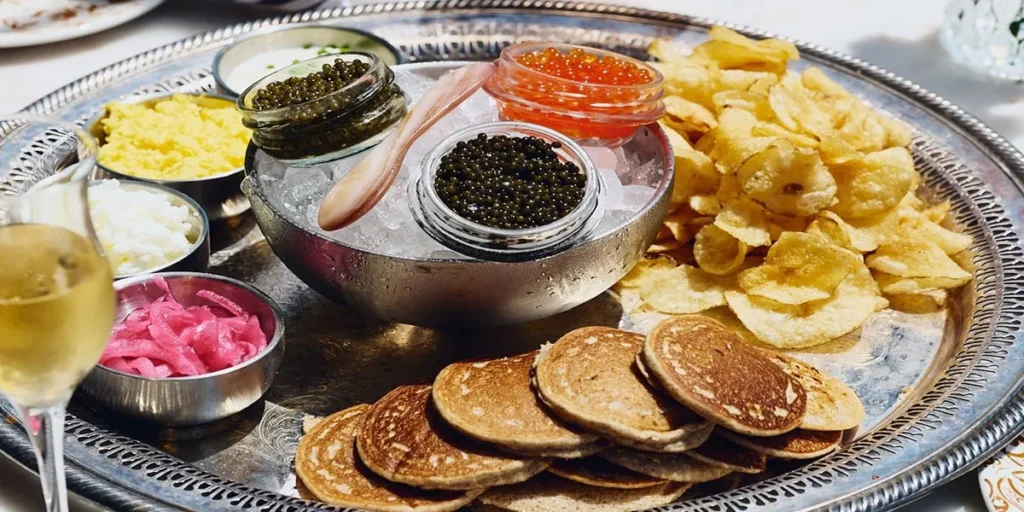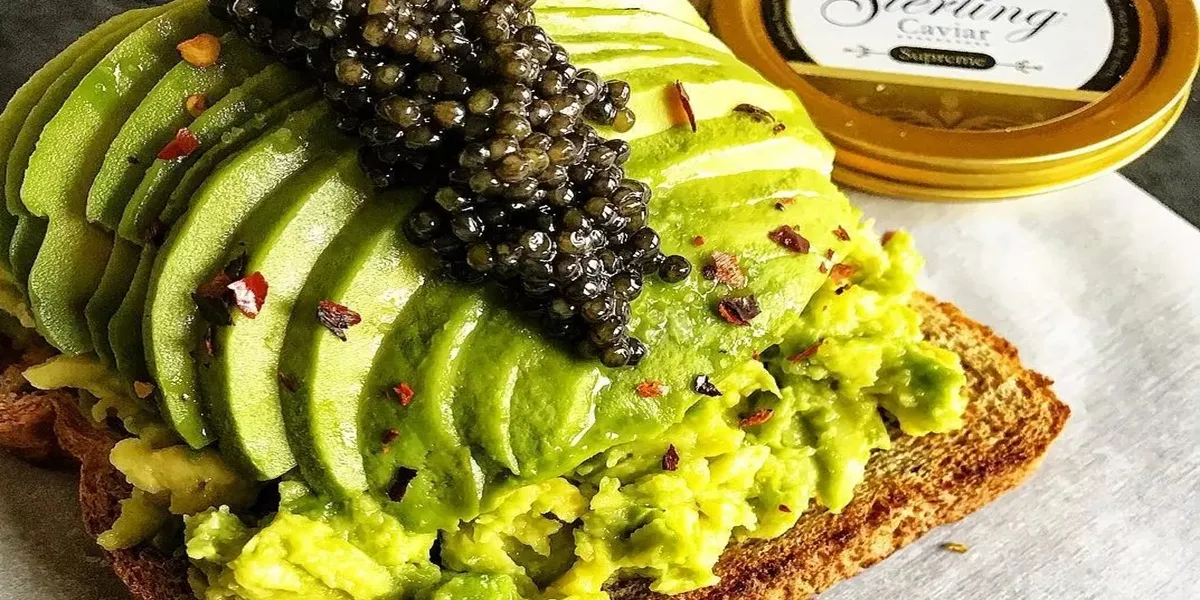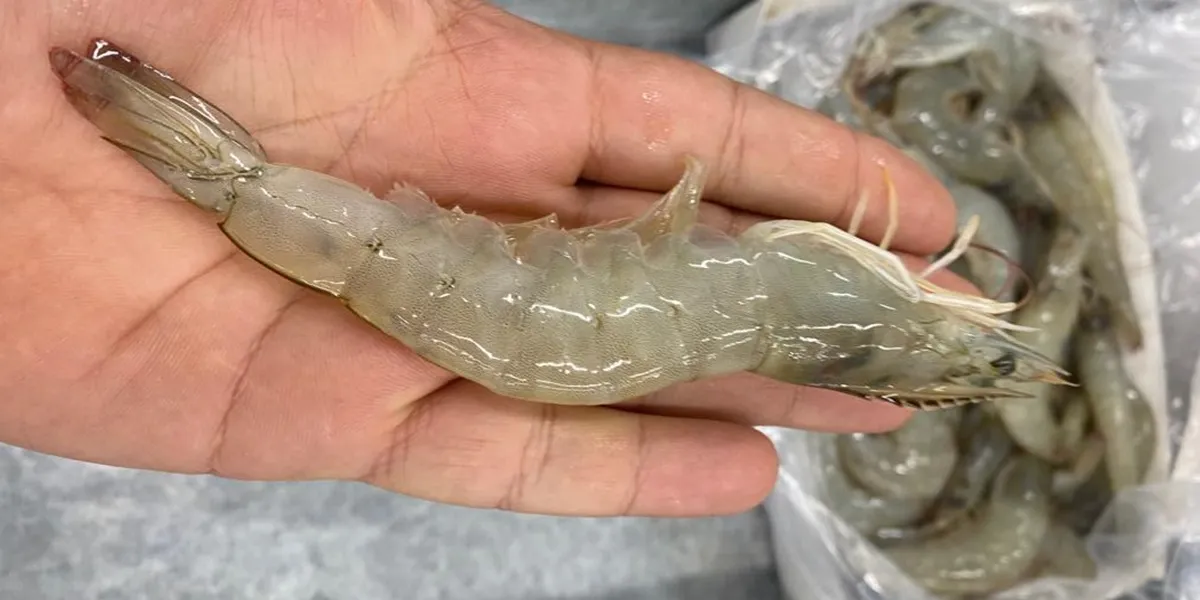Serving caviar is more than placing pearls on a plate—it’s a ritual that celebrates taste, precision, and sophistication. Whether you’re a seasoned gourmand or exploring the world of caviar for the first time, using the right tools and accessories is essential to preserving flavor, texture, and the luxury that defines this delicacy. From mother-of-pearl spoons that protect the delicate roe to chilled glass bowls that maintain optimal temperature, every detail matters.
Understanding the function and form of each caviar-serving accessory can turn a simple tasting into a refined sensory experience. High-end culinary experts and hospitality professionals rely on scientifically appropriate, non-reactive materials and professional-grade utensils to avoid compromising the roe’s integrity. And with traditions passed down through generations and refined by modern science, caviar service has evolved into an elegant expression of culinary culture.
Ready to master the essential tools and learn how to serve caviar the right way? Let’s explore what makes the experience unforgettable. Follow along to discover the must-have utensils, pairing techniques, and how small details can dramatically elevate your next caviar occasion.
Caviar Spoons Matter: Why Mother-of-Pearl Is the Gold Standard
When it comes to serving luxury foods like caviar, the tools you use can make or break the experience. That’s why Mother-of-Pearl spoons are considered the gold standard. Unlike metal, which can oxidize and alter the delicate taste of caviar, Mother-of-Pearl preserves the purity of flavor. If you’re new to gourmet experiences and wondering What is caviar , it’s important to know that it’s a highly sensitive delicacy, often referred to as the “black gold” of fine dining. Metal spoons, especially silver, interact chemically with the caviar’s oils and salt, producing a metallic aftertaste. On the other hand, Mother-of-Pearl is inert, non-reactive, and aesthetically fitting for the luxury presentation caviar deserves. The smooth surface of the spoon also ensures the delicate eggs don’t burst. Investing in a proper spoon is not just about etiquette; it’s about respecting the craftsmanship behind high-quality caviar. Even top-tier restaurants insist on using these spoons to maintain the integrity of flavor. Whether you’re planning a tasting at home or gifting a premium set, including a Mother-of-Pearl spoon elevates the entire experience and ensures your caviar shines in its truest form—untouched, untainted, and unforgettable.
Chill It Right: Ice Bowls and Serving Trays for Optimal Temperature
Maintaining the ideal temperature is crucial when serving caviar, and that’s where ice bowls and specialized serving trays come in. Caviar should always be served chilled—never frozen and never warm. This protects the texture and nuanced flavor, both of which are highly sensitive to heat. Modern serving setups often include double-walled bowls or crystal trays nested over crushed ice, ensuring consistent cooling without direct contact. As Caviar Market Trends evolve, we’re seeing increased emphasis on presentation and preservation tools in luxury dining. Brands now offer elegant caviar servers that combine functionality with visual appeal—some even with LED lighting or silver plating. These tools are especially useful during tastings or parties where the caviar will be sitting out longer. The goal is to keep the temperature between 0–4°C (32–39°F), allowing the caviar to stay fresh without becoming icy. Professional caviar suppliers often include a custom ice tray or recommend proper cold ware with each tin. If you’re serving caviar as a gourmet gift or centerpiece at a dinner party, using the right chilling accessories isn’t just about luxury—it’s essential to preserve the integrity of the product and impress your guests with attention to detail.
Caviar Tins and Jars: How to Store and Present Like a Pro
Proper storage and presentation of caviar can make a dramatic difference in taste, freshness, and visual appeal. Caviar is typically packed in airtight tins or glass jars designed to preserve its texture and salinity. These containers must be kept at near-freezing temperatures, ideally between -2 to 2°C (28–36°F), but not frozen. For those diving into Types of caviar, it’s important to know that Beluga, Ossetra, and Sevruga each have different oil contents, which affect their shelf lives. Once opened, caviar should be consumed within 1–3 days, and always kept sealed when not in use. Presentation-wise, professionals recommend serving it directly from the tin or transferring it to a chilled glass bowl. When gifting or entertaining, opt for a luxury tin set that includes branded utensils and cooling elements. Avoid using plastic or reactive metals which can compromise the flavor. Many high-end brands now offer vacuum-sealed jars with anti-oxidation lids, ideal for extending freshness. The visual aspect also matters—choosing elegant jars or embossed tins reinforces the luxury of the experience. Whether you’re hosting a tasting or offering caviar as a premium gift, mastering the art of storage and presentation reflects both knowledge and taste.
Caviar Knives and Spreaders: Tools for Uniform Texture and Presentation
Presentation is key when it comes to luxury foods, and caviar is no exception. Beyond spoons and bowls, knives and spreaders play a subtle but crucial role in how caviar is handled and served. Using specialized caviar knives—often made of horn, resin, or stainless steel with non-reactive coatings—ensures that the texture of the eggs remains intact during plating. These tools allow for gentle spreading over blini, toast points, or crackers without crushing the roe. This matters especially for larger-grain varieties like Beluga or Iranian caviar, which are prized for their shape and firmness. An even spread not only looks more elegant but also delivers balanced flavor in each bite. Many caviar service sets include both a spoon and a spreader to accommodate different styles of presentation. In formal settings or upscale restaurants, this level of detail signals expertise and respect for the product. Using proper knives also prevents cross-contamination with other condiments or garnishes. Whether you’re planning an intimate tasting or preparing a luxury gift box, including a high-quality spreader elevates the experience. It’s a small detail, but one that completes the ritual of refined caviar service with professionalism and style.
Blini, Toast Points, and Pairing Bases: What Works Best with Caviar?
Pairing bases are essential to enjoying caviar the right way. Traditional accompaniments like blini—small Russian pancakes—are popular because of their neutral flavor and soft texture. Toast points, on the other hand, offer a light crunch that contrasts beautifully with the delicate pop of caviar pearls. The choice of base impacts both texture and taste, creating different sensory profiles with each bite. Thin potato slices, endive leaves, or even boiled quail eggs can also work as bases depending on the culinary theme. When exploring Health benefits of caviar, many choose whole-grain or gluten-free bases to align with wellness-focused dining. The goal is to complement the roe without overpowering its flavor. Avoid anything overly salty or acidic, as it may distort the delicate brininess of the caviar. For luxury presentations, chefs often use crème fraîche as a base layer to add richness and hold the roe in place. Choosing the right base isn’t just about taste—it’s about elevating the whole tasting experience. Whether you’re planning a tasting flight or curating a gourmet gift set, pairing thoughtfully with caviar ensures every bite delivers both luxury and balance.

Caviar Servers and Presenters: Enhance the Experience with Style and Precision
A true gourmet experience with caviar isn’t just about taste—it’s about presentation and precision. That’s where caviar servers and presenters come into play. These elegant accessories are designed to hold and display caviar while keeping it at the optimal temperature. From crystal bowls over ice to handcrafted metal trays with compartments for blini and garnishes, the options range from classic to ultra-modern. When serving High quality caviar, it’s essential to avoid materials that could alter its flavor or temperature. Top-tier presenters often feature removable bowls that rest over crushed ice, ensuring consistency in both style and function. Some even include integrated spoons or compartments for accompaniments like crème fraîche or chives. Using a professional server adds visual sophistication and shows respect for the delicacy. Whether you’re preparing an intimate dinner or curating a luxury gift set, the right server elevates the entire moment—creating a sensory experience that feels thoughtful, polished, and truly luxurious.
The Role of Glassware: Choosing the Right Vodka or Champagne Glass
Pairing caviar with the right beverage is part of the ritual, and the glassware you choose significantly enhances the experience. Vodka and Champagne are the most traditional pairings, but not just any glass will do. For vodka, experts recommend using chilled shot glasses or crystal stemware that maintains the low temperature and highlights the drink’s clean finish—perfect for balancing caviar’s salty richness. Champagne, ideally dry and crisp, is best served in tulip-shaped flutes that preserve effervescence and allow the aroma to open up. The glass’s shape impacts how the bubbles carry flavor, complementing the briny, creamy notes of caviar. High-end caviar tastings often feature branded or frosted glassware to underscore elegance. The goal is to create harmony between the roe and the drink, so neither overwhelms the other. By choosing the correct glassware, you don’t just drink—you elevate every bite of caviar with a refined sensory pairing that lingers long after the last sip.
Tasting Palettes and Sampler Sets: Tools for Guided Caviar Flights
For those who want to explore caviar in depth, tasting palettes and sampler sets offer a curated path into its diverse flavors and textures. These tools allow you to compare multiple caviar types—Beluga, Ossetra, Sevruga, and more—side by side. Sampler sets often include small tins of each variety, along with spoons, ice packs, and pairing suggestions. Tasting palettes take it a step further by offering compartmentalized trays that hold each caviar type separately, helping you evaluate differences in grain size, brine, color, and finish. They’re popular at gourmet events, wine pairings, and even luxury gifting. Organized correctly, a guided caviar flight moves from lighter to more intense flavors, enhancing your ability to discern subtleties. Educational inserts often accompany these sets, explaining origins, species, and tasting notes. Whether you’re new to caviar or looking to deepen your appreciation, sampler tools create a structured and stylish tasting experience that turns every bite into a moment of discovery.
Luxury Touches: Caviar Serving Trays, Domes, and Gold Accents
When serving caviar, visual aesthetics matter almost as much as flavor. Luxury serving accessories—such as custom trays, cloches, and gold-rimmed details—elevate the sensory experience and emphasize refinement. These touches transform a simple tasting into a luxurious ritual. Caviar trays are often made from marble, onyx, crystal, or polished metals, offering a stable, elegant base for tins or bowls. Domes or cloches, especially when made of glass, serve both a functional and theatrical role—protecting the caviar while creating a moment of reveal. Some high-end brands go even further, embedding gold accents or using engraved metal to add exclusivity. These elements aren’t just about vanity; they signal quality and create ambiance. Whether you’re hosting a formal event or gifting a caviar set, incorporating such details leaves a lasting impression. It tells your guests or recipients that what they’re about to enjoy is not just food, but a curated, luxurious experience worth savoring.
Cleaning and Care: How to Maintain Your Caviar Tools for Longevity
Proper care of caviar tools is essential to maintain their beauty, hygiene, and functionality over time. Because many of these tools—spoons, spreaders, servers—are made from delicate or specialty materials like Mother-of-Pearl, horn, crystal, or silver, they require specific cleaning routines. First, avoid abrasive sponges or strong detergents. Instead, use lukewarm water and a mild, non-citrus soap. For Mother-of-Pearl and horn tools, handwashing is a must—never place them in the dishwasher. Dry them immediately with a soft cloth to prevent warping or cracking. For silver or gold-plated pieces, gentle polishing cloths can restore shine without scratching. Glass and crystal should be handled carefully to avoid chipping, especially if they’re part of an ornate serving set. Storing your tools in padded containers or cloth pouches helps protect them from moisture and damage. By caring for your caviar tools with attention and precision, you ensure they remain elegant companions to every luxurious occasion—enhancing your presentation and preserving your investment for years to come.
Concluding Title: From Spoon to Finish—Crafting the Ultimate Caviar Moment
True caviar service blends tradition, science, and sensory finesse. The journey starts with the right tools—each one designed to preserve the natural elegance of the roe. The iconic mother-of-pearl spoon, for instance, isn’t just a stylistic choice; its non-reactive nature ensures that the caviar’s briny, nutty notes remain untouched by metallic interference. Similarly, chilled glass or crystal bowls serve not just as elegant vessels but also maintain the fragile roe at its optimal temperature, preventing spoilage or textural degradation.
Caviar knives and spreaders, typically made from ceramic or horn, offer precision when layering caviar onto toast points or blini, keeping the pearls intact. Even the choice of **base—like traditional Russian blini or lightly toasted brioche—**plays a role in flavor balance and mouthfeel, reinforcing the importance of thoughtful pairing.
Accessories like caviar servers with built-in ice compartments, sampler trays for flights, and fluted glasses for Champagne or chilled vodka elevate the occasion further, transforming a simple bite into a ceremonial experience. Each element—no matter how small—contributes to preserving the product’s integrity while enhancing the indulgence.
These tools are not only aesthetic but deeply functional, rooted in decades of culinary expertise and supported by food science principles. Using them correctly honors the craftsmanship behind the caviar itself, whether it’s Beluga, Ossetra, or Sevruga.
Ultimately, perfect caviar service isn’t about extravagance—it’s about intention. Choosing the right utensils allows the caviar to speak for itself: clean, cold, and utterly luxurious. Whether hosting an intimate gathering or preparing a tasting menu, mastering these essentials ensures that every bite is as exquisite as the last. Ready to serve caviar like a pro? Start by choosing the tools that do it justice.




